Introduction
it is a silent language that influences emotions, behavior, and decision-making. In the world of lifestyle products, color trends are not random; they are deeply rooted in psychology and cultural influences. Whether it is fashion, home décor, or personal accessories, color choices shape how individuals connect with products and the stories they tell about their lifestyle.
1. Why Color Psychology Matters in Lifestyle Choices
Color psychology studies how different shades affect human perception and emotions. In lifestyle products, this becomes a critical factor because:
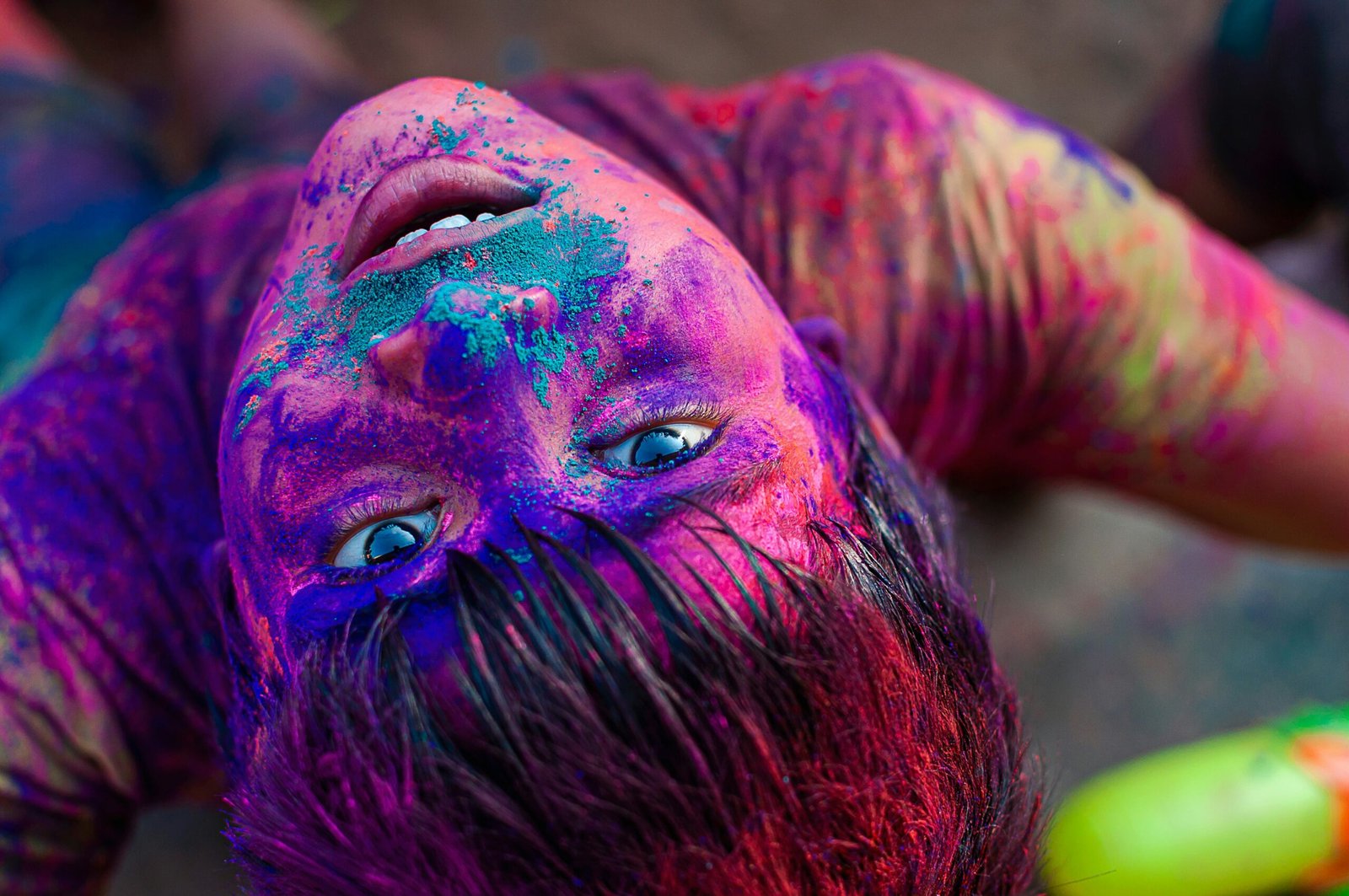
-
Emotions Drive Engagement: Colors can evoke feelings of comfort, excitement, or sophistication.
-
Identity Expression: Lifestyle choices are deeply personal, and colors allow individuals to reflect their personality and mood.
-
Trend Influence: Social media, cultural shifts, and seasonal aesthetics guide which colors feel “fresh” or desirable.
For example, soft earth tones often symbolize mindfulness and sustainability, while bold neons reflect energy and modernity.
2. The Emotional Impact of Colors on Consumers
Each color triggers a unique emotional response. Here’s a breakdown of how different shades influence perception:
Warm Colors
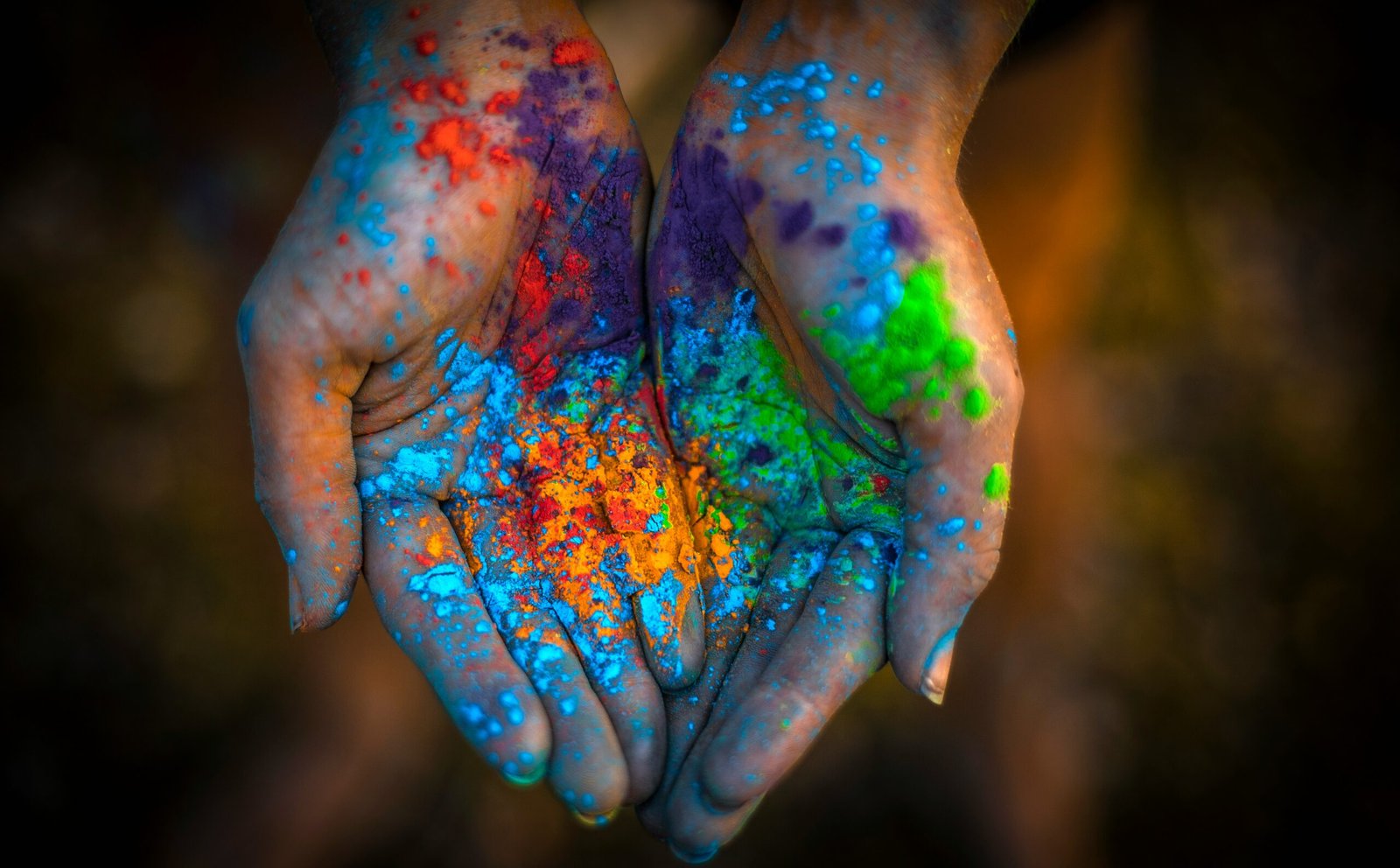
-
Red: Symbolizes passion, confidence, and energy. Often linked to boldness and motivation.
-
Orange: Represents enthusiasm, creativity, and friendliness. Works well for products promoting active lifestyles.
-
Yellow: Evokes happiness, optimism, and warmth. Associated with fresh starts and positivity.
Cool Colors
-
Blue: Signifies trust, calm, and stability. Commonly chosen for products with a soothing or professional appeal.
-
Green: Connected with nature, balance, and wellness. Popular among eco-conscious lifestyle products.
-
Purple: Reflects luxury, imagination, and creativity. Often linked to artistic or high-end aesthetics.
Neutral Colors
-
Black & White: Minimalism, sophistication, and timeless appeal.
-
Beige & Gray: Subtlety, calmness, and understated elegance.
These associations guide how individuals feel about products, from home décor to tech gadgets.
3. Cultural and Seasonal Influences on Color Trends
Color meanings vary across cultures and seasons, impacting lifestyle trends worldwide.
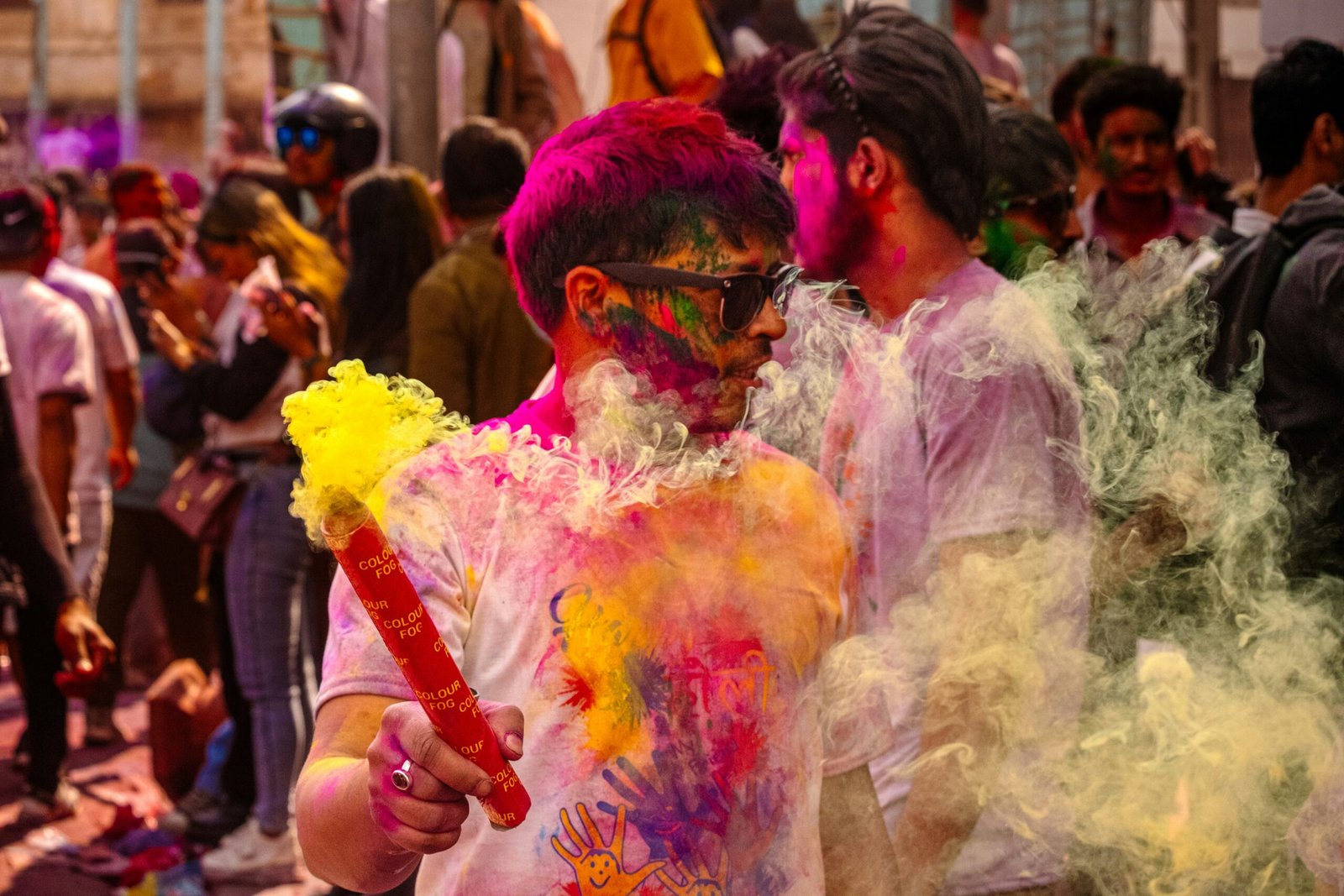
-
Cultural Impact:
-
In the U.S., white represents simplicity and modernity, but in some cultures, it signifies mourning.
-
Red is seen as bold and vibrant in American culture, while it symbolizes prosperity in parts of Asia.
-
-
Seasonal Impact:
-
Spring/Summer: Pastels and bright tones dominate, reflecting renewal and energy.
-
Fall/Winter: Earth tones, deep greens, and burgundy become popular, symbolizing warmth and comfort.
-
Lifestyle brands often adapt color palettes to align with these cultural and seasonal expectations.
4. Trend Cycles: Why Certain Colors Go Viral
Color trends emerge through a mix of psychology, pop culture, and industry forecasting.
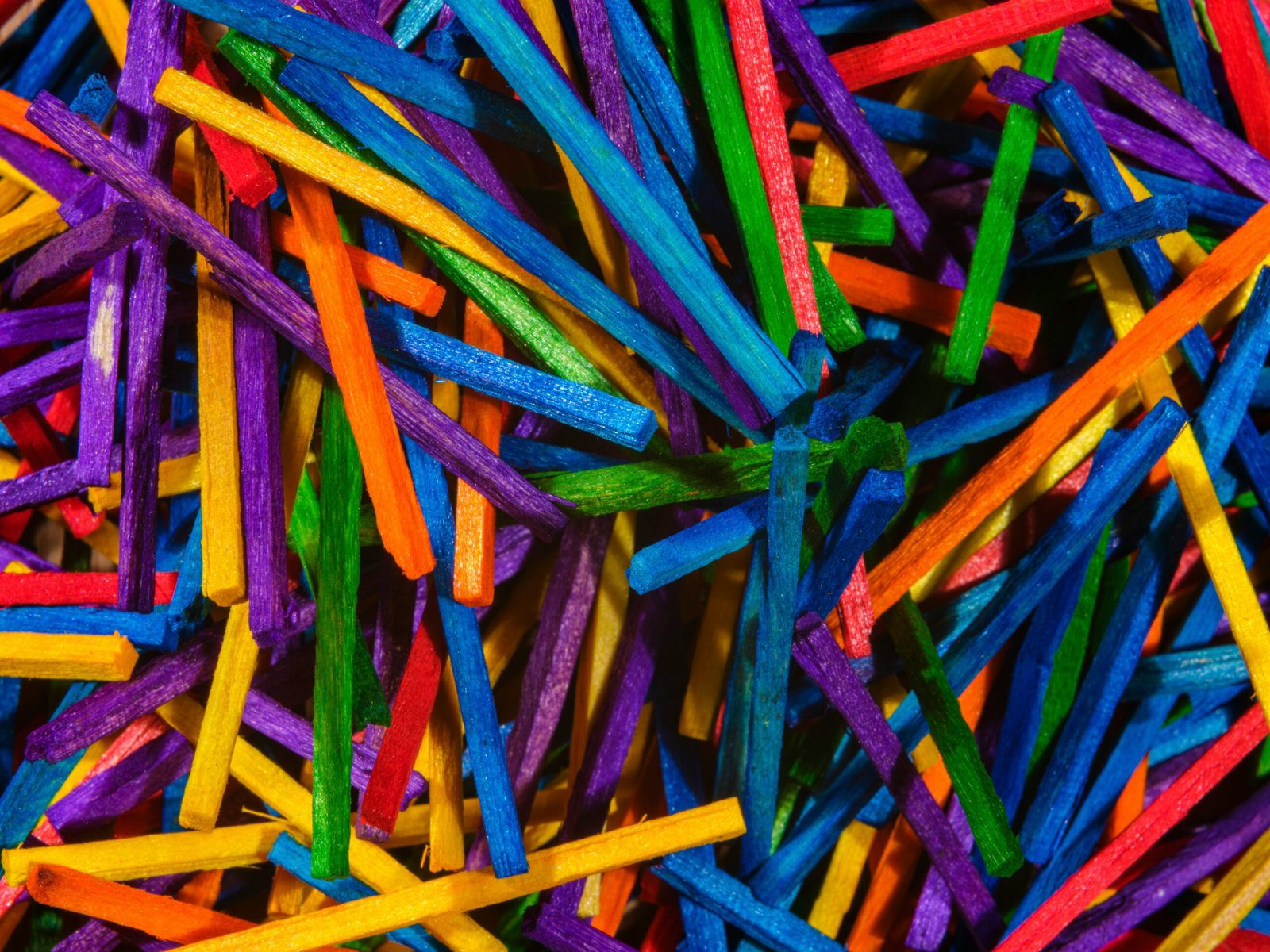
-
Pantone Color of the Year: Often sets the tone for global lifestyle trends.
-
Social Media & Influencers: Viral aesthetics—like “millennial pink” or “sage green”—spread rapidly through visual platforms.
-
Fashion & Interior Design: High-end designers influence what feels “modern,” and other industries follow.
Once a color becomes associated with a feeling—calmness, luxury, or innovation—it often dominates product designs across categories.
5. Color Trends Across Lifestyle Categories
Fashion & Accessories
Fashion thrives on color psychology. Monochromatic wardrobes reflect minimalism, while bold color blocking signifies confidence. Trends such as pastel loungewear and earth-toned streetwear emerged due to a shift toward comfort and wellness during recent years.
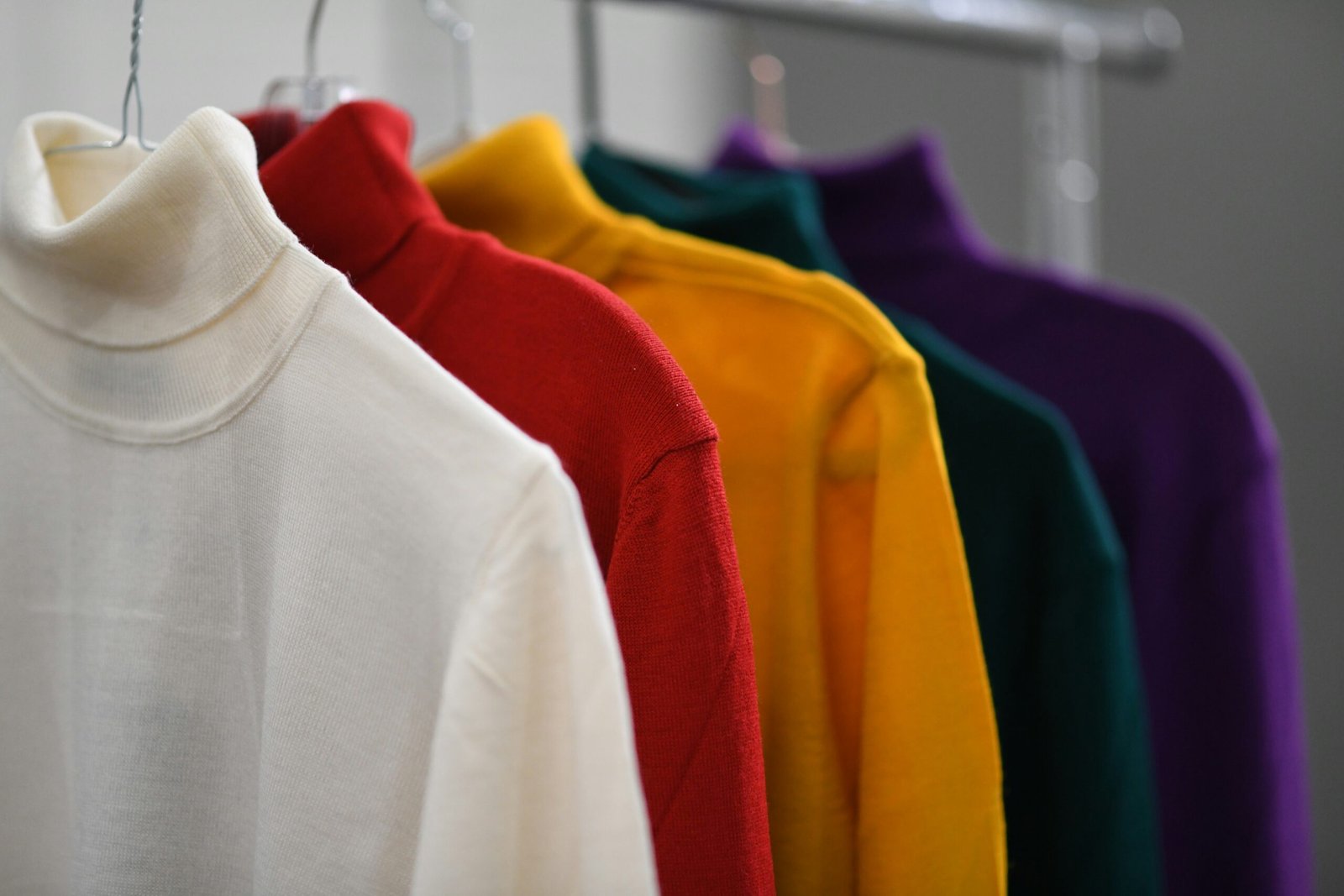
Home Décor
In interior design, calming neutrals and muted greens dominate, symbolizing serenity and eco-consciousness. Accent colors like mustard yellow or terracotta add vibrancy without overwhelming the space.
Technology & Gadgets
Tech products use sleek blacks, silvers, and metallics to symbolize innovation and sophistication. Limited-edition colors (like deep purple or forest green) create a sense of exclusivity.
Wellness & Lifestyle Essentials
Yoga mats, water bottles, and fitness gear often use fresh, uplifting colors—turquoise, coral, or lavender—conveying energy and well-being.
6. Psychological Effects of Color Combinations
It’s not just individual colors; combinations create distinct experiences.
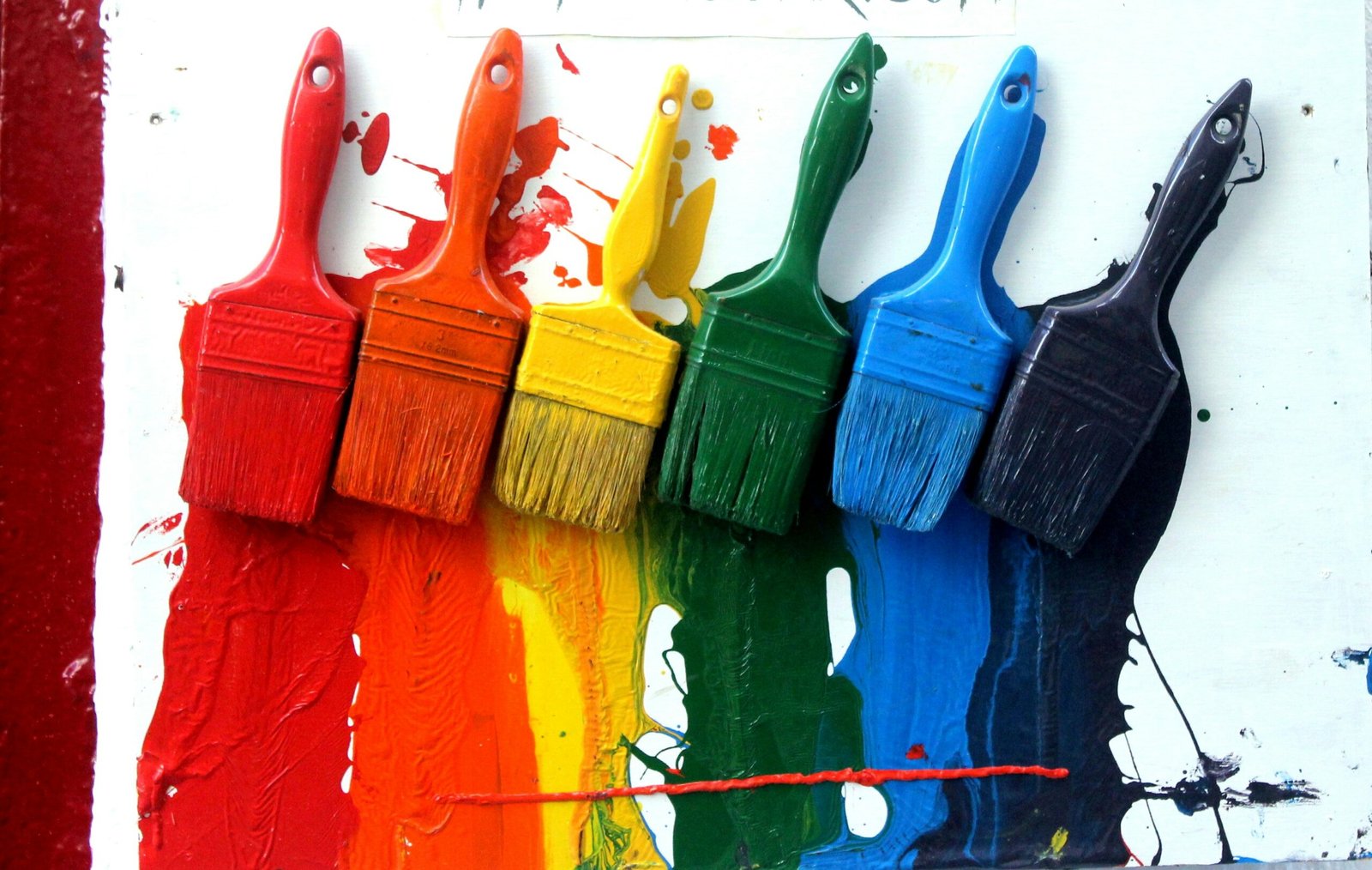
-
Monochrome: Suggests simplicity and elegance.
-
Contrasting Palettes: Signify creativity and boldness.
-
Analogous Schemes: (colors next to each other on the color wheel) provide harmony and balance.
A pastel blue paired with soft beige, for instance, conveys calm sophistication—perfect for lifestyle products promoting relaxation.
7. Future of Color Trends in Lifestyle Products
Emerging trends point toward a blend of emotional connection and sustainability:
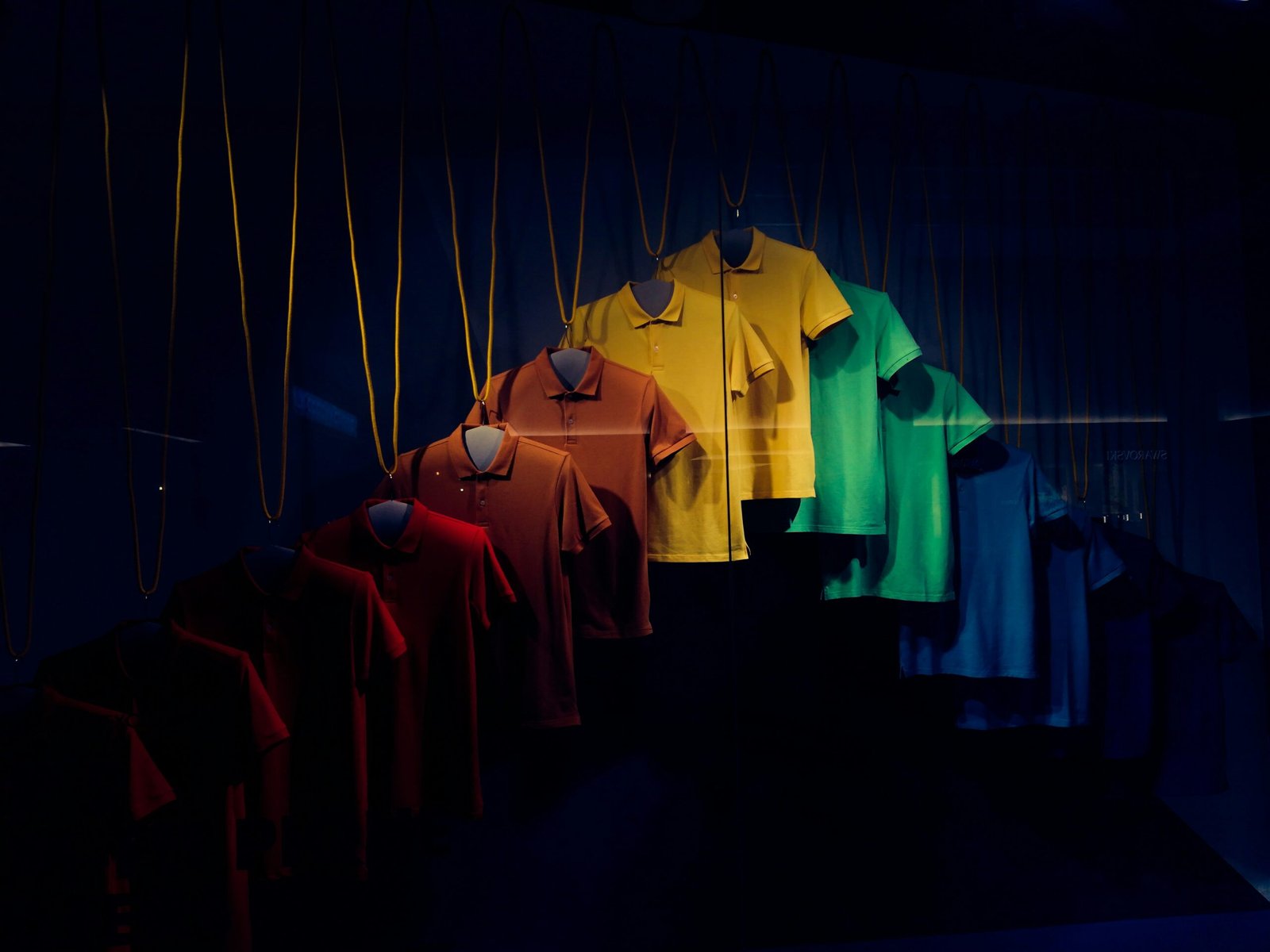
-
Nature-Inspired Tones: Moss green, sandy beige, and ocean blue, reflecting eco-conscious values.
-
Digital Brights: Neon shades and holographic finishes influenced by gaming and virtual culture.
-
Mood-Responsive Colors: Innovations in color-changing materials could allow lifestyle products to shift shades based on temperature or touch.
These evolving trends show that color psychology is not static—it adapts to cultural values and technological progress.
How Color Choices Shape Lifestyle Narratives
Color is more than aesthetics—it shapes the narrative behind a product and its purpose. For example:
-
Wellness Products: Use calming greens, soft blues, and lavender to evoke balance.
-
Luxury Items: Incorporate deep purples, gold accents, and matte blacks for exclusivity.
-
Eco-Friendly Collections: Earthy browns, muted greens, and stone grays reinforce a sustainable image.
This psychological connection helps individuals align products with their personal values and lifestyle stories.
Conclusion
The psychology behind color trends is a powerful force in shaping how individuals perceive and connect with lifestyle products. From emotional resonance to cultural symbolism, color influences not only aesthetic appeal but also the deeper meaning behind choices. As trends evolve, one constant remains—color will continue to guide the way lifestyle products communicate identity, mood, and purpose.